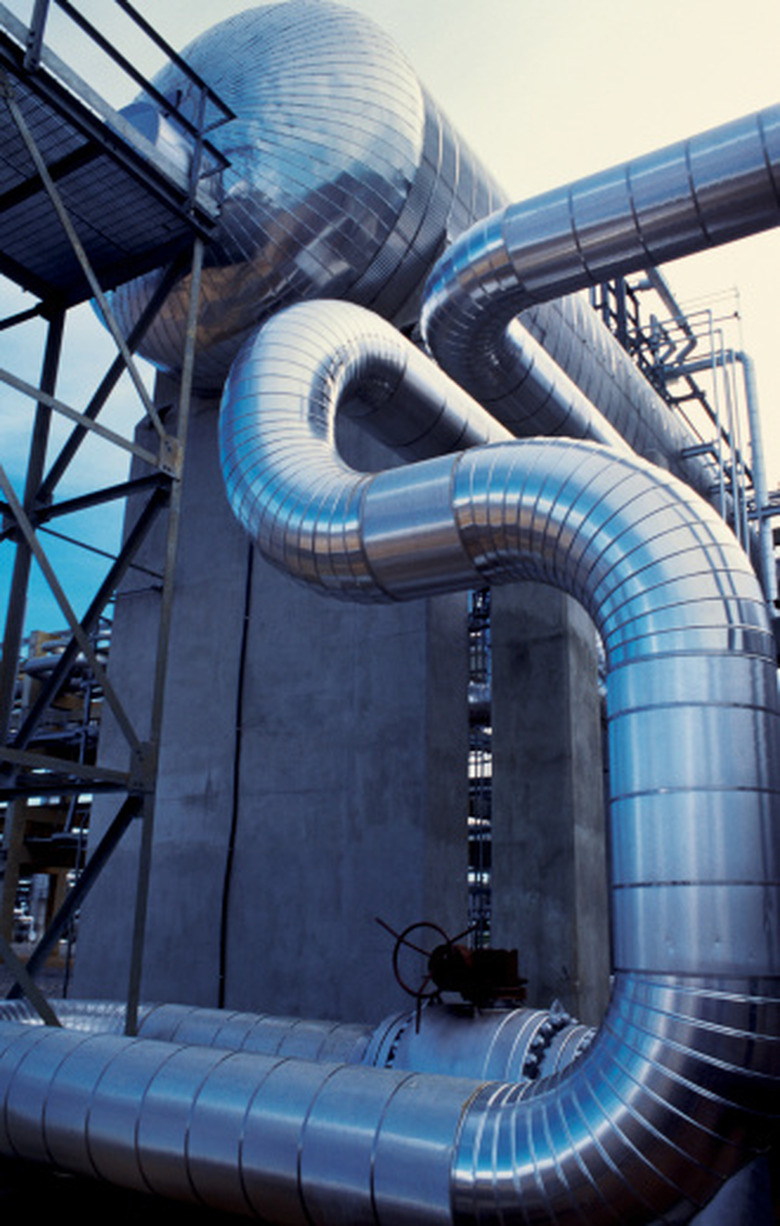How To Convert Lbs/Mmscf To Ppm
Converting pounds per million standard cubic feet (lbs/MMSCF) to parts per mole (ppm) is an important mathematical calculation when determining the proper water content for a gas pipeline. If you have too much water in your pipeline, gas hydrates will start to develop, and these can turn into a clog and block the pipeline.
Step 1
Measure the water presence in your gas pipeline using a single-channel dew point hygrometer. Set the units desired to lbs/MMSCF.
Step 2
Multiply your lbs/MMSCF reading by 21 to get parts per million of water. This constant applies regardless of temperature.
Step 3
Compare your findings with the norms for the country or region through which your pipeline travels. In the United States, the accepted maximum water presence is 7 lbs/MMSCF, or 147 ppm. In Canada, though, it's 4 lbs/MMSCF, or 84 ppm.
Cite This Article
MLA
Contributor, . "How To Convert Lbs/Mmscf To Ppm" sciencing.com, https://www.sciencing.com/convert-lbsmmscf-ppm-8541447/. 24 April 2017.
APA
Contributor, . (2017, April 24). How To Convert Lbs/Mmscf To Ppm. sciencing.com. Retrieved from https://www.sciencing.com/convert-lbsmmscf-ppm-8541447/
Chicago
Contributor, . How To Convert Lbs/Mmscf To Ppm last modified March 24, 2022. https://www.sciencing.com/convert-lbsmmscf-ppm-8541447/
